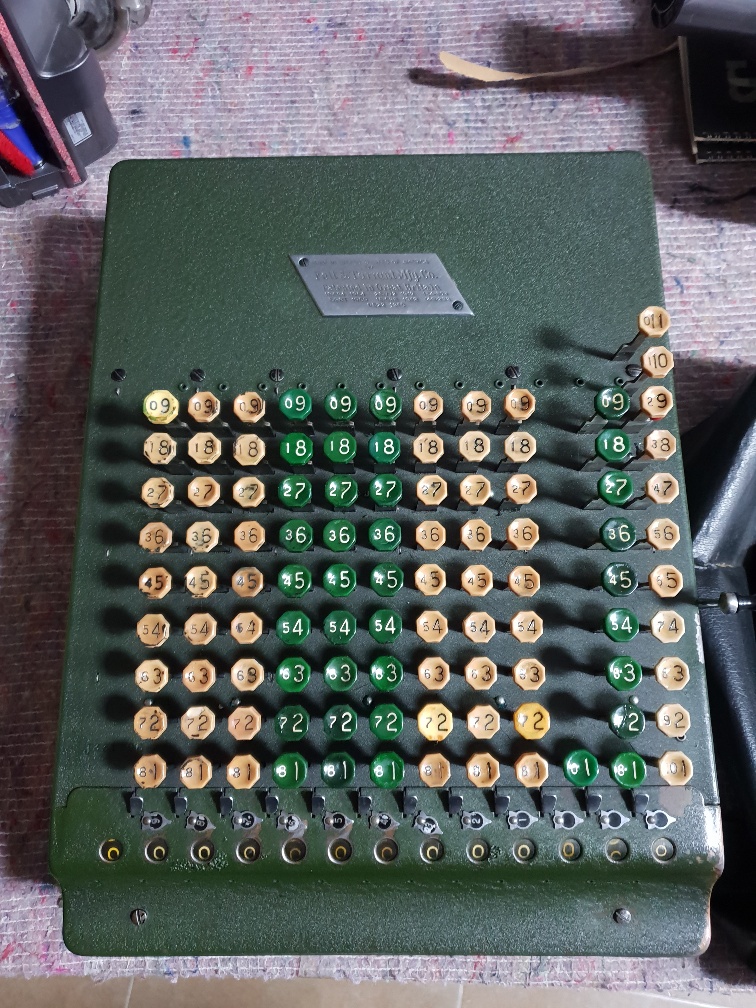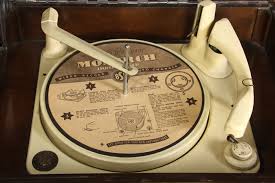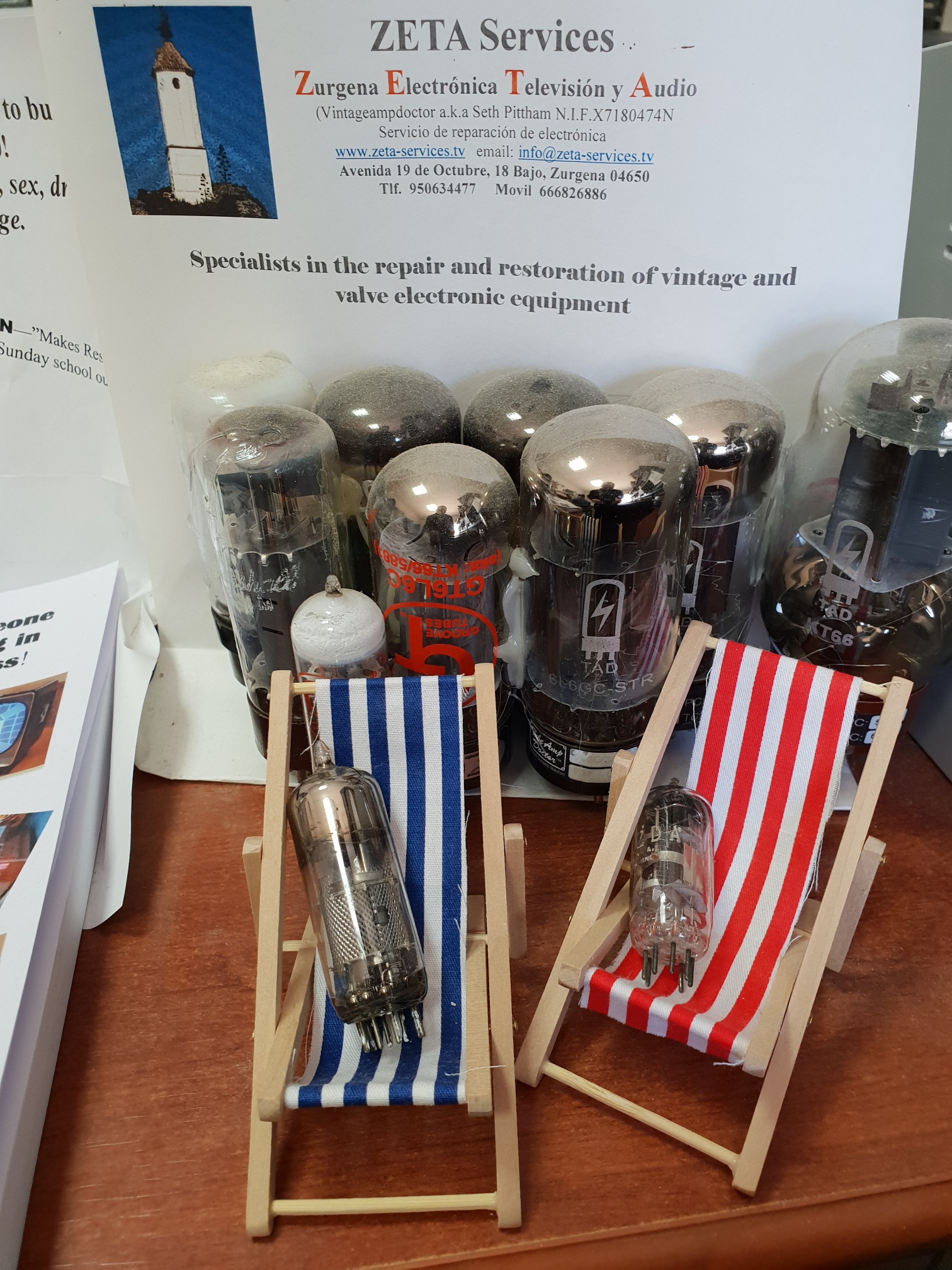Empezaré con algo sencillo como la radio del coche.. O es simple? Dos amigos, William Lear y Elmer vacilando, Decidió llevar a sus respectivas amigas a conducir a finales de los años 20 para ver la bata del sol sobre Illinois (Eso es lo que dijeron de todos modos). Ellos pensaron, ¿No sería bueno poder escuchar la radio nocturna?. Ambos chaps son "técnicos", Pronto se dieron cuenta de que tratar de trabajar una radio en un automóvil era una pesadilla tecnológica.. Interferencia del encendido, dinamo, tranvías, antenas pequeñas, desvanecimiento al conducir etc.. Se pusieron a diseñar circuitos para vencer todo esto, y hizo. Se asociaron con un tipo llamado Paul Galvin, que estaba haciendo eliminadores de la batería.. Estas fueron cajas que permitieron que las radios de la batería de la válvula de los ‘20s se ejecutaran en el suministro de la red doméstica. A medida que se hacían más radios para funcionar en el suministro de la casa de la casa de la casa directamente y con la depresión se estaba poniendo en, El negocio se estaba poniendo difícil. Galvin quería otro flujo de ingresos. Hizo una fuente de alimentación que permitía a la radio de válvulas de Lear y Wavering funcionar desde la batería de automóvil de 6v o 12v. Los tres finalmente le quitaron su diseño perfeccionado al gerente del banco local que acordó que lo instalara en su nuevo Packard Straight 8. Después de media hora de operación, la unidad de potencia se incendió. Excusado es decir que, Sin inversión!
No renunciar, Galvin instaló la radio en su Studebaker y condujo casi 800 millas a Atlantic City para mostrar la radio en el 1930 Convención de la Asociación de Fabricantes de Radio. No poder pagar una posición, Condujo su auto fuera de la convención con la radio apareció para llamar la atención.. Que funcionó.
Varios EE. UU.. Las empresas en esos días estaban agregando "Ola" al final de sus nombres de productos. Victrola (jugadores de discusión), Radiola (conjuntos de radio) etcétera. A Galvin se le ocurrió su versión, Motorola, El nombre nació. Los sets eran caros en alrededor $120 en 1930 y tomó 2 días para encajar! Luchó por 3 años. La depresión estaba llegando a su fin y Ford Motor Company comenzó a ofrecer la radio Motorola preinstalada. También hubo un acuerdo con la compañía de neumáticos Goodrich, donde las radios se venderían e instalarían a través de las tiendas. El precio instalado ahora estaba cerca $55, tan asequible.
Paul Galvin continuó desarrollando el botón Push pre select Radio, Radio de automóviles de dos vías para la policía y en 1940, desarrolló la primera mano "Handie-Talkie", radio dos vías para el ejército de los EE. UU.. En 1947 Motorola salió con el primer televisor para vender debajo $200. En 1956 la compañía presentó el primer buscapersonas del mundo, en 1969, La compañía suministró el equipo de radio y televisión que se utilizó para televisar los primeros pasos de Neil Armstrong en la luna. En 1973 inventó el primer teléfono celular de mano del mundo. Hoy Motorola es uno de los fabricantes de teléfonos celulares más grandes del mundo. Todo comenzó con la radio del coche!
Asi que, ¿Qué le pasó a los dos hombres que instalaron la primera radio en el auto de Paul Galvin??
Elmer Wavering y William Lear, terminó tomando caminos muy diferentes en la vida. Wavering se quedó con Motorola. En los años 50 ayudó a cambiar la experiencia del automóvil nuevamente cuando desarrolló el primer alternador de automóviles, reemplazando generadores ineficientes y poco confiables, dinamos como nosotros los británicos diríamos. La invención conduce a tantos lujos como Windows Power, asientos eléctricos, y, finalmente, aire acondicionado.
Lear también continuó inventando. Él tiene más de 150 patentes. Recuerda reproductores de cintas de ocho pistas!? Lear inventó ese estándar. Pero por lo que es realmente famoso son sus contribuciones al campo de la aviación.. Inventó los buscadores de dirección de radio para aviones, ayudado en la invención del piloto automático, diseñó el primer sistema de aterrizaje de aeronaves totalmente automático, y en 1963 presentó su invento más famoso de todos, el Lear Jet, el primer mundo producido en masa, jet de negocios asequible. No es malo para un abandono de la escuela secundaria!
Seth Pittham – seth@zeta-services.tv








